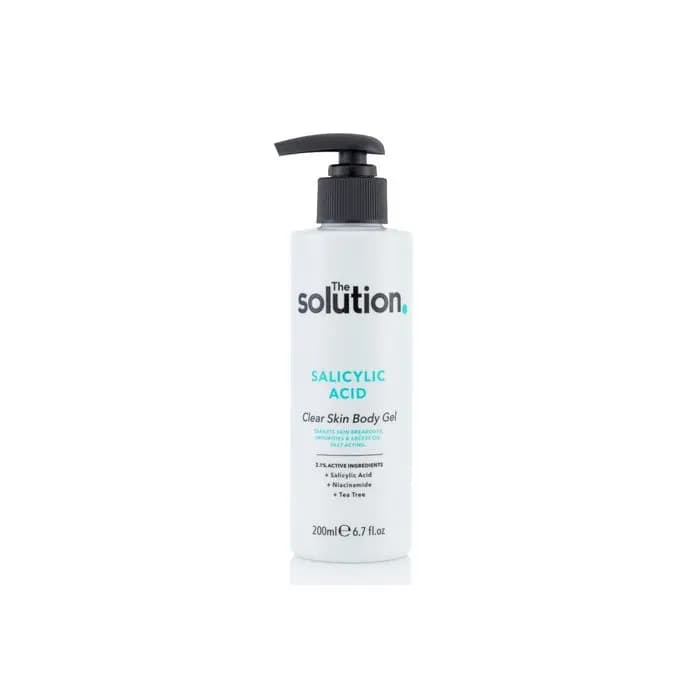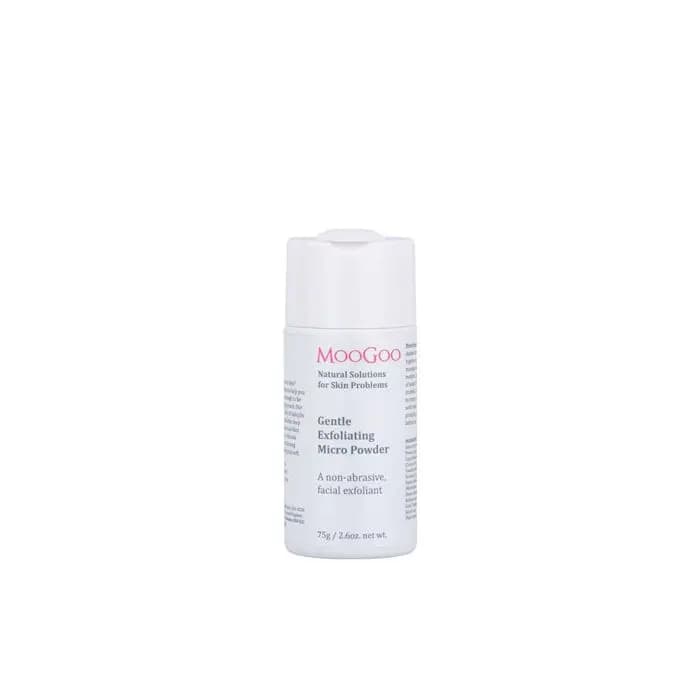An ultimate guide to salicylic acid skincare
An ultimate guide to salicylic acid skincare
Acids are increasingly popular in the skincare world and many modern products are being formulated with acids to combat particular skin conditions and concerns. Salicylic acid is one of the most prolific skincare ingredients today, but what is it and how can it be used on the skin?
In this article, we'll explain what salicylic acid is and how it works on the skin. We’ll also describe how it can be incorporated into your skincare routine and highlight some excellent products to help you achieve this.
Click on one of the links below to jump to that section:
What is salicylic acid and what does it do for the skin?
Salicylic acid is a beta hydroxy acid (BHA) which is a derivative of aspirin and sourced from willow bark, vegetables and fruits. BHAs and alpha hydroxy acids (AHAs) are often confused because they are both exfoliants, but their chemical structures are different. With AHAs, the hydroxy is separated from the acid by a single carbon atom, while with BHAS there are two carbon atoms separating the hydroxy and acid.
The different structures cause the acids to work in different ways. AHAs are water-soluble whereas BHAs are oil-soluble. This allows BHAs to penetrate through the lipid layers of skin cells and work at a deeper level than AHAs. Whilst AHAs are effective in loosening dead skin cells from the surface of the skin, salicylic acid can penetrate the pores in order to unclog them.
Salicylic acid is commonly used in products designed to combat acne, blemishes and blackheads. There are a number of additional benefits to this ingredient:
-
It cleanses pores that otherwise become clogged with excess sebum, dirt and dead skin cells and contribute to pimples.
-
It has antibacterial and anti-inflammatory properties to reduce breakouts and soothe the redness and soreness.
-
It is one of the most effective exfoliants for removing dead skin cells.
-
It helps tighten, firm and smooth the skin to improve tone and texture.
-
It can help reduce the appearance of enlarged pores.
How to use salicylic acid skincare products
Salicylic acid is ideal for people who have oily skin and blemish-prone skin. There is no right or wrong age to begin using salicylic acid products, but if you are young then it’s recommended that you start slowly and with low strength products because your skin may be more sensitive. If you are allergic to aspirin, then you shouldn’t use salicylic acid.
Salicylic acid cleansers can usually be used daily morning and night, but it is best to introduce a product into your skincare routine by using it every other day to test your skin’s tolerance of it. Since salicylic acid is an oil-based product, it should be applied after any water-based products. If not, the salicylic acid product will inhibit water-based products from penetrating the skin properly.
Salicylic acid products should be used alongside moisturisers and SPF, particularly those enriched with ingredients like hyaluronic acid and ceramides. This prevents irritation and sensitivity by restoring hydration in the skin after being exfoliated by the salicylic acid.
Do not use salicylic acid with benzoyl peroxide (another common acne product) unless advised by a medical professional, as this may cause excessive redness and dryness. You also shouldn’t mix salicylic acid and other BHAs with retinol as this combination may contribute to sensitivity. Finally, be careful when combining salicylic acid with other acids such as glycolic acid, as doing so may cause irritation.
Salicylic acid cleansers and exfoliators

The Inkey List Salicylic Acid Cleanser is a simple but effective foaming cleanser that removes dirt and makeup while unclogging pores to tackle pimples and blackheads. It can be used morning and night by massaging into wet skin before rinsing.

The Solution Salicylic Acid Clear Skin Body Gel is designed to combat acne on the body. It contains salicylic acid, niacinamide and tea tree oil to tackle oiliness and clogged pores and reduce inflammation. It has a non-sticky consistency and should be massaged into the skin morning and night in problem areas.

MooGoo Gentle Exfoliating Micro Powder is a non-abrasive exfoliator that contains 1.5% salicylic acid in addition to Bentonite Clay to help draw impurities out of the skin. It also uses delicate Rice Bran powder to physically exfoliate in the gentlest way possible. It can be used every day after cleansing if desired but those with sensitive skin may wish to use it weekly.
Salicylic acid blemish treatments

The Inkey List Succinic Acid Blemish Treatment is a targeted treatment that contains 2% succinic acid to reduce the rise of blemishes and control oil. The formula contains 1% salicylic acid which helps exfoliate and unclog pores and 0.4% hyaluronic acid which hydrates the skin. To use, apply a small amount directly onto blemishes up to three times each day. Other products and makeup can be applied on top after leaving the product to dry for five minutes.
Frequently asked questions
What are the risks or side effects of salicylic acid, and how can these be avoided?
In rare instances, salicylic acid can cause an allergic reaction, which is why it's important to patch test it first. It can cause the skin to become very dry, red and sometimes peel after first use. This is relatively normal since it is a chemical exfoliant. This is why it is recommend you introduce this ingredient to your skincare routine gradually.
How long does salicylic acid take to work when applied topically?
It can take between six to eight weeks to see results after using salicylic acid. You might notice that the frequency of blemishes increases initially as deep clogs in the pores are released. This could last a week or two. From there, you should see a gradual improvement in the clarity of your skin.
What form and dosage of salicylic acid are recommended for acne?
For more severe acne, a salicylic acid cleanser is an ideal product. When the acne is less severe, a targeted blemish treatment, designed to be applied directly to individual pimples, might be more suitable. Products designed for at-home use should not contain more than 2% salicylic acid.
Can salicylic acid be used with retinol?
Retinol stimulates peeling of the skin so when used with a chemical exfoliant like salicylic acid it can damage the skin's protective moisture barrier and increase sensitivity to the sun’s UV rays. If you'd like to use both products, use them on alternate days or weeks but do not mix or layer them.

